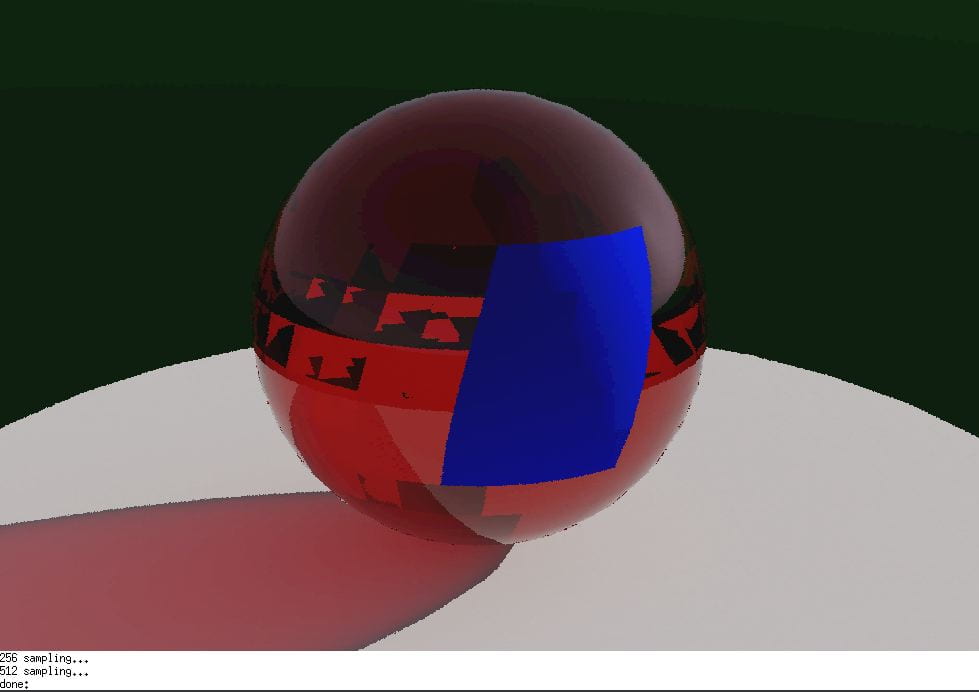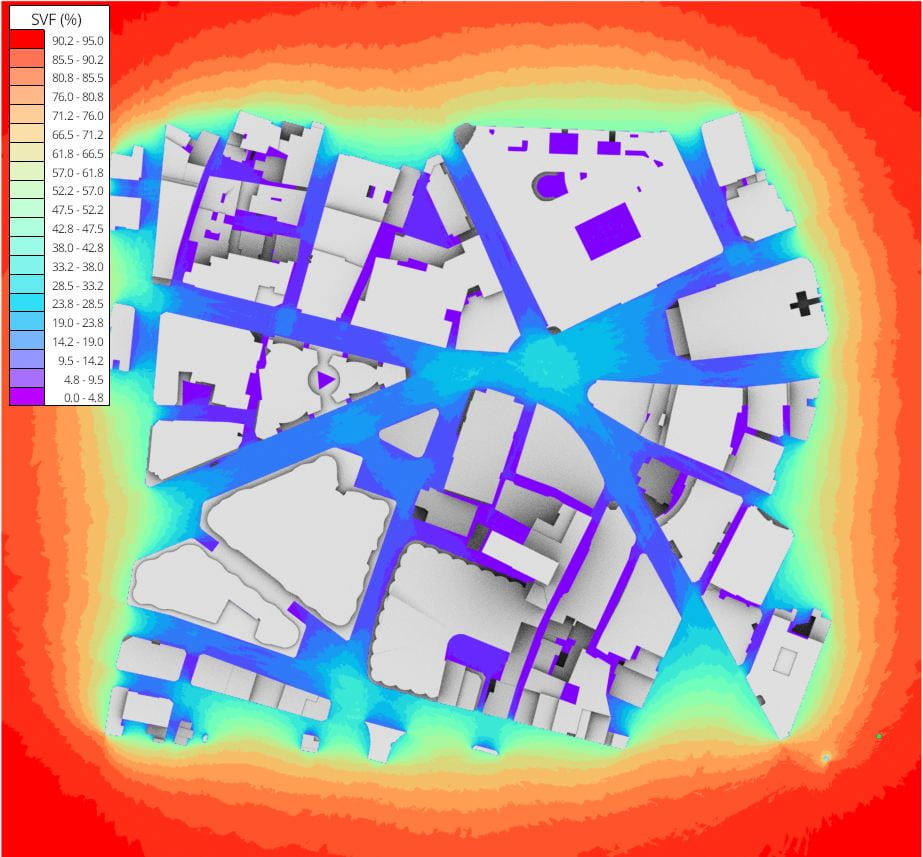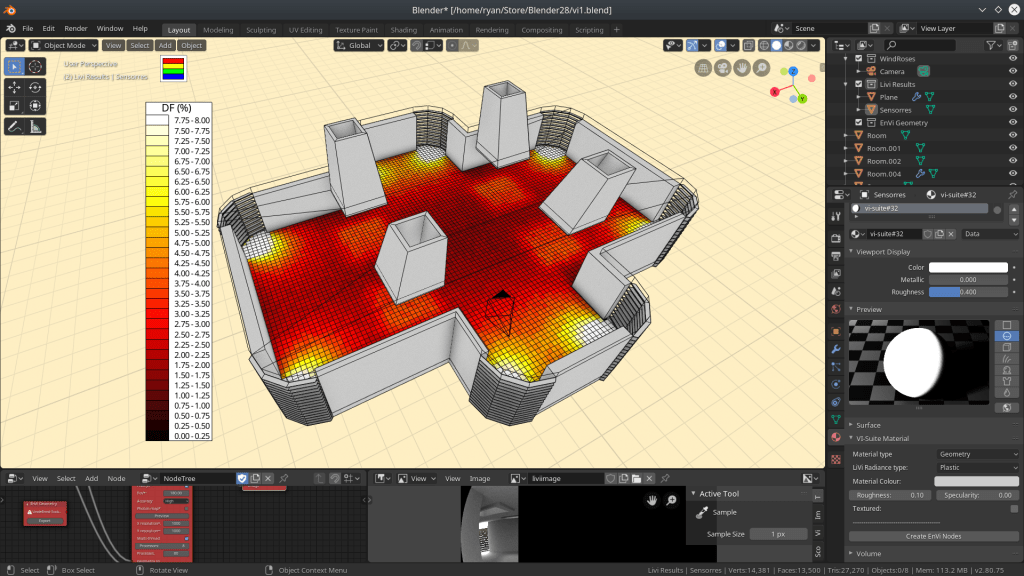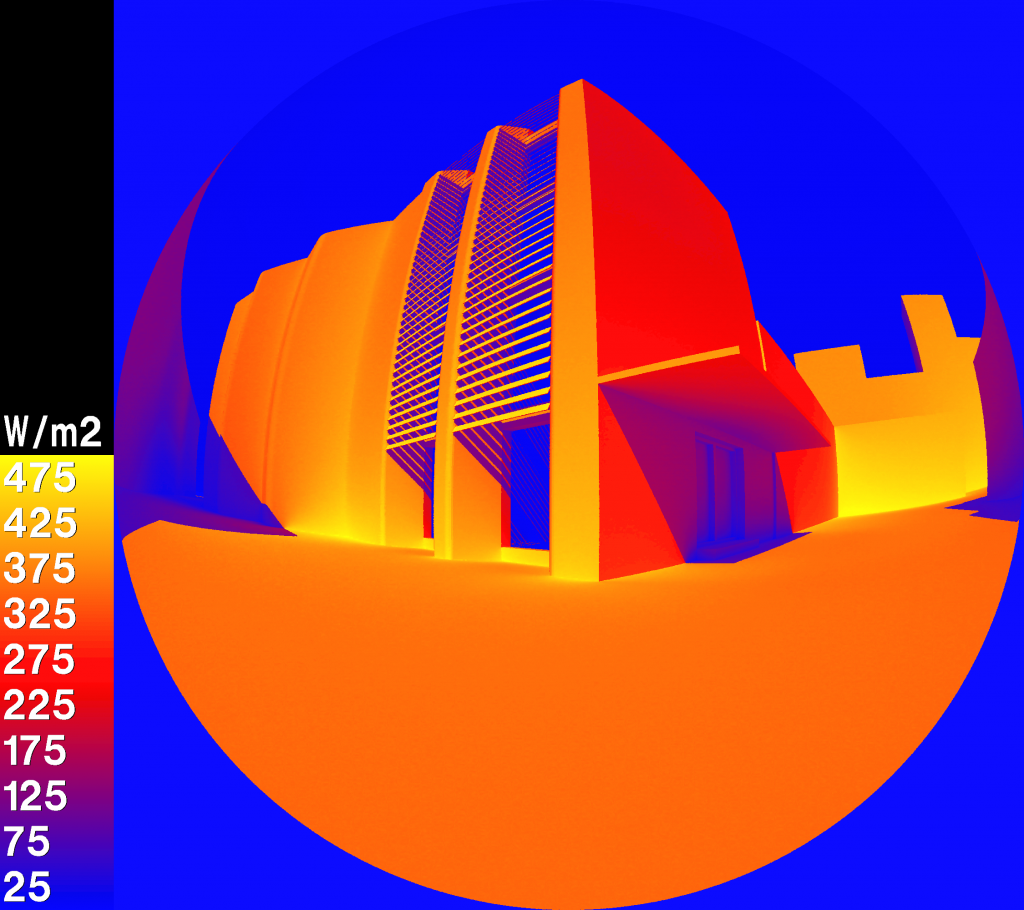I have pushed version 0.4.13a to the download links which fixes an EnVi bug to account for syntax changes in EnergyPlus 8.9.
In other news, a couple of users have told me that the VI-Suite works on Ubuntu 18.04. I can confirm that their method does work on a fresh install of 18.04, although I have had problems running it on an 18.04 system that was upgraded from 16.04.
The process is pretty simple.
Make sure there is no existing Blender installation
Install Blender from a PPA with the terminal commands:
sudo add-apt-repository ppa:thomas-schiex/blender
sudo apt-get update
sudo apt-get install blender
This version of Blender should use the system installed Python distribution which will now require the ancillary libraries. To install these use the terminal commands:
sudo apt-get install python3-psutil
sudo apt-get install python3-pyqt5
sudo apt-get install python3-matplotlib
sudo apt-get install python3-kivy
The last command to install kivy should work in future but the current Python 3 version of kivy (1.9.1) is broken on Ubuntu 18.04. To get round this:
sudo add-apt-repository ppa:kivy-team/kivy-daily
sudo apt-get update
sudo apt-get install python3-kivy
I have changed the tar.gz compressed Linux VI-Suite download to a zip compressed one on the main download page. This can be installed directly from the Addons page within Blender’s User Preferences window with the Install-addon-from-file button. Alternatively, decompress and copy the folder to Blender’s Addon directory as before.







